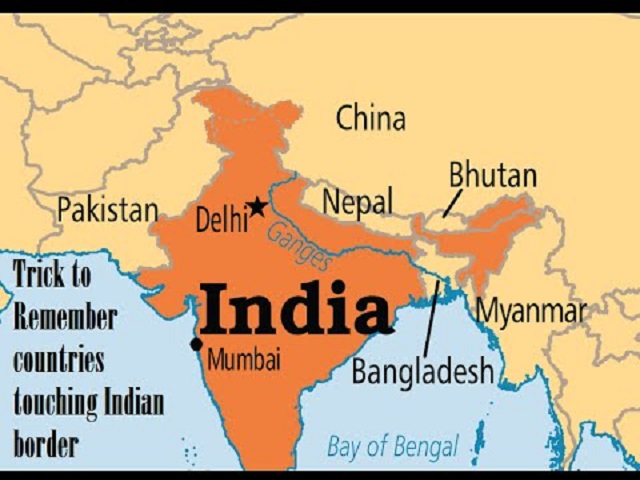Hong Kong:
Hong Kong is a special administrative region within
China because of its British legacy. However, China has effectively
tried to curb the autonomy by passing a series of legislations which has
ignited serious protests across Hong Kong.
Some of these legislations include:
1.
Extradition Law - A legislation
(which was later scrapped) that would allow the local government
to extradite criminals to the mainland China.
2.
National Security Law - On June 30,
2020, minutes before the anniversary of Hong Kong’s handover to China
by the British, China’s legislature approved a new national security law
for Hong Kong. This effectively curbed the dissent and civil liberties
in Hong Kong.
3.
Expulsion of Lawmakers - this law
empowers the Chinese government to expel lawmakers in Hong Kong’s
Legislative Council without recourse to judicial process.
Other instances of aggression:
·
Chinese assertion of sovereignty over
Taiwan which claims itself to be an independent nation.
·
Chinese assertion along LAC with India
in the Galwan valley.
·
Territorial claims in South China Sea.
·
Chinese manipulation of WHO, which has
adversely impacted the image of multilateral institutions which are
already under strain due to the process of retreating Multilateralism that
is being witnessed.
·
Domestically China has tried to curb the
dissenting voices in its administration.
Economy:
·
China has pursued an export led growth
strategy which is popularly called as “international circulation”.
·
However, this strategy is facing challenges
because of declining global economy as a result of the COVID pandemic. Further
US has imposed restriction on Chinese exports. It is also facing challenges in
the technical field with Huawei being denied the go ahead for 5G roll out in
many countries.
·
Thus, domestic consumption led growth is one of
the options that remains with China.
·
However, China is trying to woo international circulation
with its Asia-Pacific Economic Cooperation, improving Financial ties,
attracting global investors etc.
·
Further its Economic strategy for the future
will only be out once its 14th five-year plan rolls out.
Wolf warrior approach:
·
Through the series of Movies named “Wolf
warrior”, China is showing itself to be assuming the responsibility of
saving the world.
·
The depiction of the saviour of the world image,
clearly reflects the change in stance from the previous president Deng
Xiaoping’s approach of ‘keeping a low profile’ to the Xi Jinping's “Aggressive
and Assertive China”.
Challenges of the mighty image of China:
·
US State Department released a comprehensive report
which is being described as a potential blueprint for the U.S.’s response to
China’s rise as an authoritarian superpower.
·
By escalating a tariff war with China,
U.S. President Donald Trump underscored the need for a potential economic
decoupling of the world’s two major economies.
·
Thus, it is being said that more pushback China
faces globally, the more aggressive its domestic and foreign policy agenda is
likely to become.
·
The events in Hong Kong, Taiwan, India and
muzzling of dissent in administration has adversely impacted the Chinese image
globally.
·
A survey by the Pew Research Centre across 14 nations
shows that a majority of the respondents have an unfavourable opinion of China.
Conclusion:
·
Many in China may see this year as one in which
the country came into its own as a power dictating the global agenda, but for
many around the world, this is also the year when China’s vulnerabilities, as
well the challenges it poses to the global order, became all too apparent.


No comments:
Post a Comment